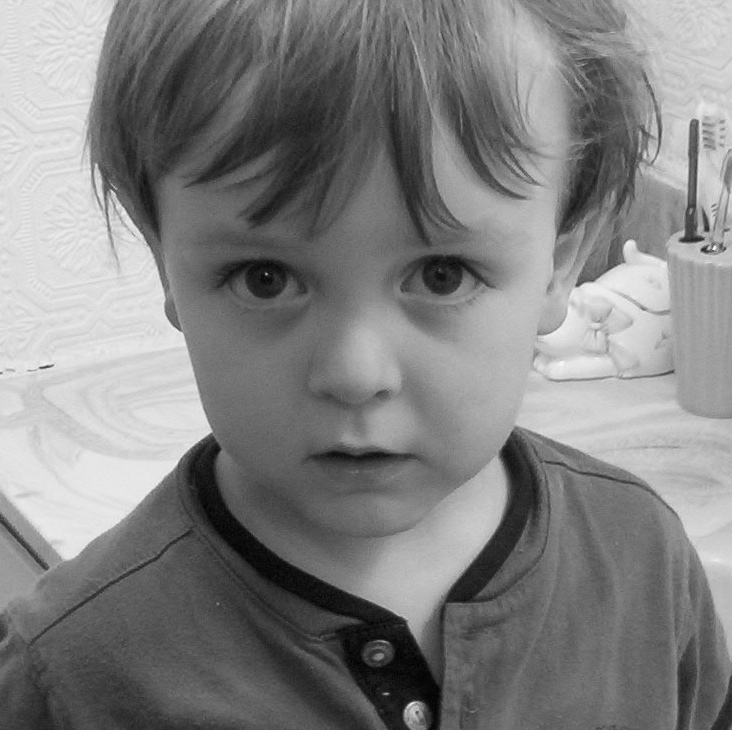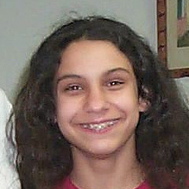dialects of araby
The world watches Tunisia because people are gathering in front of the presidential palace; the president leaves; it's a revolution, and it appears to have been spawned or at least encouraged by Facebook, Twitter and the social media. But there are some key differences between what's happening in Tunisia and what happened in Iran a summer or two back. One: the government won in Iran, leading everyone to deny that they were ever on Twitter, ever fomented anything, ever had anything to do with the social media. Two: very few of us understood Farsi, so we saw people in the street but had very little idea what they were saying. Of course, we don't understand Tunisian Arabic either, though some know French...well, you get the idea; we're trying to figure out what's going on; we're bystanders.Now I do know a little about Araby, also known as ASCII Arabic, Chat Arabic, or the Arabic Chat Alphabet (see below). Our Saudi students often write their chat in entirely English letters and numbers (I often called it 3/5/7 chat, though it has more than three numbers in it), regardless of the fact that they would be at computers where everyone had Arabic script on both sides, without question. Long after all computers could switch over to Arabic script, on Facebook, in computer labs and elsewhere, some young Saudis and Arabic speakers preferred to use Araby....even on Facebook, even in the more permanent media.
So now here comes the interesting part. One watches the Tunisians reply on Facebook and comment about the overthrow of their government. Their Araby is clearly different from Saudi-dialect Araby; it's thoroughly mixed with French, and influenced by French. It's a chat dialect, and it raises a lot of questions to me as I try to interpret chat dialects. I've interviewed students about Araby, but I believe I've misplaced my notes; I'm not sure I can recall them. Here are some of the interesting questions I've been mulling over:
There is an obvious element of choice, when to use it, when to use standard Arabic, or (in the case of Tunisians), when to simply use French or another common language. How is this choice made? Why are so many still choosing Araby?
How different is Tunisian Araby really from other dialects of Araby? Something I read stated that Araby was started really, and was extremely popular, in Lebanon and Jordan. But I'm curious: does it exist in the entire Arabic world? And in what populations is it most popular? Its obvious association with the west would make me believe that, as people have told me: it's the young; it's the westward-leaning; it's hip and modern, and, yes, the older generation doesn't understand it.
Palfreyman says at one point that the Ascii Arabic dialects are considered the best windows into local dialects of Arabic, which are generally written in standard Arabic only, and thus not really represented as they are spoken. Would it be possible that Araby gives the writer a better shot at writing as he/she speaks (given, of course, that both speakers know all letters/numbers, and are willing to use it)?
As I stick my nose in Tunisians' business I'll be watching for these answers and will try to put it in writing. I can say one thing: messages are coming into some Facebook sites rapidly, several a minute. The messages themselves, intended for the widest possible audience, are rarely in Araby; the comments often are. I haven't been on Twitter much; I'll try to report on that too. Stay tuned.
Leverett, T. (2008). Asciized chat, thomas leverett weblog. http://tomleveretts.blogspot.com/2008/10/asciiized-chat.html.
Palfreyman, D. and al Khalil, M. (2003, Nov.). "A Funky Language for Teenzz to Use": Representing Gulf Arabic in Instant Messaging. Journal of Computer-Mediated Communication 9 (1). http://jcmc.indiana.edu/vol9/issue1/palfreyman.html. Accessed 10-08.
Arabic chat alphabet, Wikipedia. http://en.wikipedia.org/wiki/Arabic_chat_alphabet
3arabi, Arabic chat to English translator. http://3arabi.site.co.il/























































0 Comments:
Post a Comment
<< Home